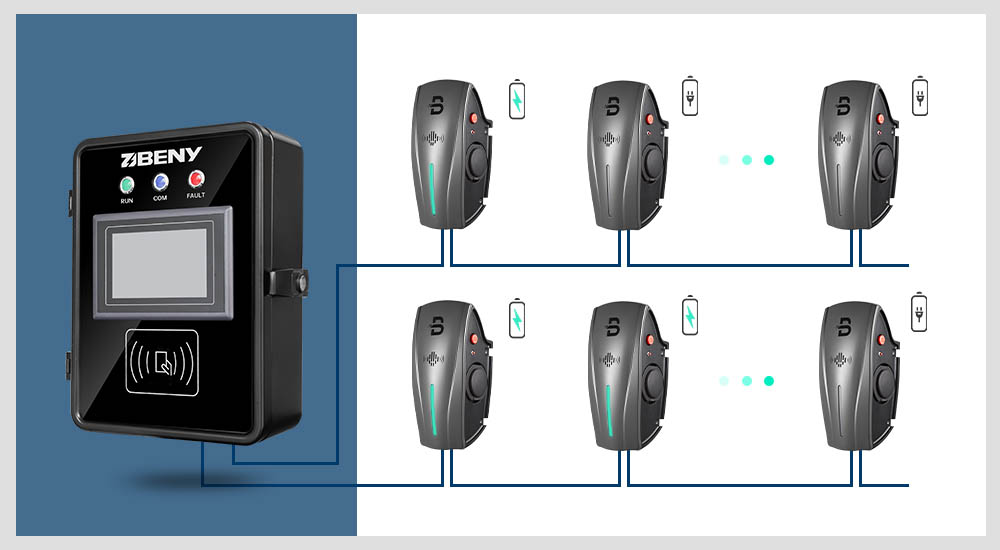There are three categories or types of charging: Trickle Charge, AC Charge and DC Charge.
TRICKLE CHARGE
The 220V conventional (three-prong) connector is the slowest way to charge your EV at home. Only in extreme circumstances, with prudence, and after consulting with the electricity companies, is it advised.
CHARGE OF AC
You can use AC Household Charging to charge 3–4 times faster with a wallbox installed. There is also public AC charging accessible.
CHARGE DC
The quickest place to charge your electric vehicle (EV) is at a public DC fast charging station with power of at least 50 kW. This technique allows you to charge your battery from 20% to 80% in around 40 minutes. Additionally, some ultra-fast charging stations already offer more than 150kW of power.
Public charging stations
These stations, which are increasingly accessible due to the network’s continued expansion and are frequently found across urban centers in particular, allow you to recharge your battery while you’re on the go if you need to travel farther.
AC is provided by public charging either a wallbox or, more often than not, DC Fast Charging for charging.
And compared to charging at home, both solutions are faster: Depending on the wattage of the charging station and your EV’s ability to take AC Chargers, AC Public Charging can be 3 to 10 times faster than AC Household Charging. The following statistics demonstrate how quick all DC charging stations are:
DC QUICK CHARGERS
Currently, the fastest method for charging an electric car
delivers charging power of at least 50kW at a voltage of 450V and a current of up to 125A.is able to charge in around 40 minutes, going from 20 to 80% of its initial charge.
employs Combo DC Combined Charging System (CCS)
To assist extend the life of high-voltage batteries, use of DC Charge should be minimized.
AC versus DC charging explained
Electric automobiles require DC (Direct Current) to charge their battery pack rather than AC (Alternating Current), which is what the national grid provides.
The electric vehicle’s onboard charger receives power from an AC charger and converts it to DC so the battery may be charged. The onboard charging device’s size is limited by available room. The quantity of power they can supply to the battery is rather modest because of this constrained volume. Therefore, charging generally takes longer.
Bypassing the onboard electric charger and charging the EV’s battery directly, a DC fast charger. The DC charger has no size or price restrictions because it is not a part of the vehicle. meaning that charging is usually done considerably more quickly.
So which connector for which charging type?
CHARGING CONNECTORS FOR AC
The most often used AC sockets are Type 1 and Type 2 connectors, primarily for AC Household Charging.
CHARGING CONNECTORS FOR DC
The most popular connectors for rapid charging are CHAdeMO and SAE Combo (sometimes called Type 2 CCS, which stands for “Combined Charging System”). However, these two connectors cannot be used interchangeably (a CHAdeMO port cannot charge using an SAE Combo plug, and vice versa). Therefore, you must determine whether your vehicle is compatible with the available connectors before driving to a charging station. A CHAdeMO connector, an SAE Combo Type 2 CCS connector, or both may be present depending on the model.
